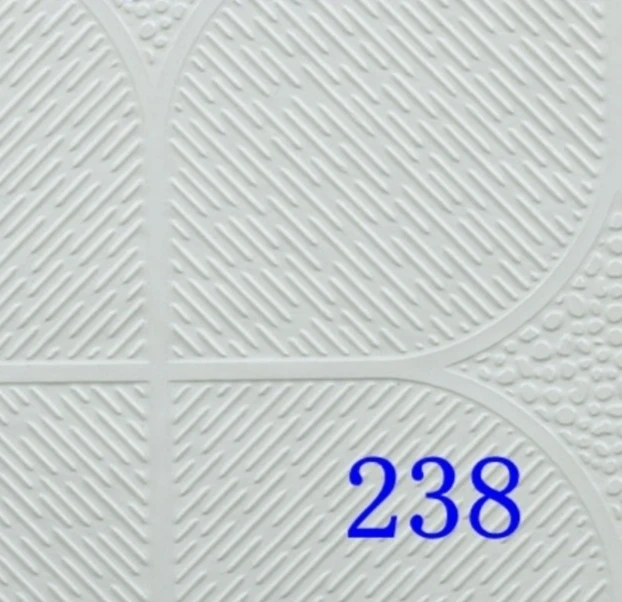Dec . 05, 2024 15:40 Back to list
rigid mineral wool insulation board
Rigid Mineral Wool Insulation Board An Overview
In the realm of construction and energy efficiency, insulation plays a pivotal role in maintaining thermal comfort while reducing energy consumption. One of the standout materials in this domain is rigid mineral wool insulation board. This article explores the characteristics, benefits, and applications of rigid mineral wool insulation boards, highlighting their significance in contemporary building practices.
What is Rigid Mineral Wool Insulation Board?
Rigid mineral wool insulation board is a type of insulation material made from natural rock or recycled slag that is heated to a high temperature, then spun into fibers. These fibers are collected and compressed to form rigid boards. The resulting product is known for its excellent thermal and acoustic insulating properties, making it a popular choice among architects and builders.
Key Characteristics
1. Thermal Performance Rigid mineral wool boards have a low thermal conductivity, which means they effectively resist the flow of heat. This property helps to maintain stable indoor temperatures, reducing the need for heating and cooling systems and ultimately lowering energy bills.
2. Fire Resistance One of the most distinguished features of mineral wool insulation is its fire-resistant qualities. It can withstand high temperatures without melting or releasing toxic gases, making it an ideal choice for commercial and residential applications where safety is a top priority.
3. Sound Absorption The dense structure of mineral wool provides excellent sound-dampening properties, making it particularly useful in environments where noise reduction is important. This is advantageous in multi-family housing, commercial buildings, and schools.
4. Moisture Resistance Rigid mineral wool insulation boards are also resistant to moisture absorption, which helps prevent the growth of mold and mildew. This characteristic is essential in maintaining the air quality and structural integrity of buildings.
Benefits of Using Rigid Mineral Wool Insulation Boards
rigid mineral wool insulation board

1. Energy Efficiency The thermal properties of rigid mineral wool boards play a significant role in enhancing energy efficiency. By minimizing heat loss in winter and heat gain in summer, these boards contribute to lower energy bills and a reduced carbon footprint.
2. Sustainability Many rigid mineral wool products are made from recycled materials and are itself recyclable. This promotes sustainable building practices and aligns with the growing demand for eco-friendly construction materials.
3. Versatility Rigid mineral wool insulation boards can be used in a variety of applications, including cavity walls, roofs, floors, and soundproofing projects. Their adaptability allows them to meet the diverse needs of various building types.
4. Ease of Installation These insulation boards are available in a range of thicknesses and sizes, making them easy to handle and install. This can lead to reduced labor costs and increased efficiency during the construction process.
Applications
Rigid mineral wool insulation boards are widely used in both residential and commercial building projects. They are commonly found in
- Wall assemblies, where they provide thermal and acoustic insulation. - Roof systems, offering protection against heat loss and sound transmission. - Industrial buildings, where fire resistance and durability are critical. - HVAC systems, helping to insulate ducts and improve energy efficiency.
Conclusion
Rigid mineral wool insulation boards are an essential component in modern construction, offering a multitude of benefits that enhance energy efficiency, safety, and comfort. Their thermal performance, fire resistance, acoustical properties, and moisture resistance make them a versatile choice for various applications. As the construction industry moves towards more sustainable practices, the role of materials like rigid mineral wool will undoubtedly continue to grow, paving the way for more energy-efficient and environmentally friendly buildings.
-
Quality Ceiling Trap Doors & Access Panels | Easy & Secure AccessNewsAug.30,2025
-
Durable Ceiling T Grid Systems | Easy InstallationNewsAug.29,2025
-
PVC Gypsum Ceiling: Durable, Laminated Tiles for Modern SpacesNewsAug.28,2025
-
Pvc Gypsum Ceiling Is DurableNewsAug.21,2025
-
Mineral Fiber Board Is DurableNewsAug.21,2025
-
Ceiling Tile Clip Reusable DesignNewsAug.21,2025







